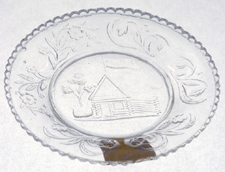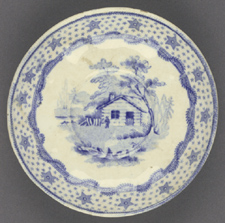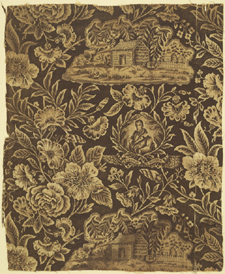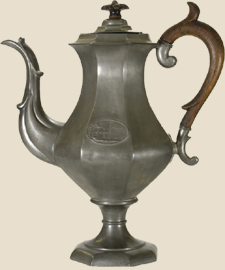
1840: Hard Cider and Log Cabins
Harrison’s detractors felt that at sixty-seven, he was too old to assume the highest office in the land. Baltimore editorialist John de Ziska ridiculed Harrison in print, writing, “Give him a barrel of hard cider, and settle a pension on him . . . he will sit the remainder of his days in his log cabin by the side of the fire and study moral philosophy! ” Harrison’s Whig campaigners seized on the derisive remark and forged it into an asset. They were able to connect Harrison’s lifestyle with that of hardworking, self-reliant pioneers who lived in log cabins. In fact, Harrison was an aristocratic Virginian whose father had signed the Declaration of Independence. Although he had once lived in a home made partly of logs, in 1840 he lived on a sizeable property in Ohio. Much of Ohio, however, was still considered frontier land in 1840, and many Ohioans lived in humble log cabins.
Log cabins and kegs of cider appeared on a variety of campaign paraphernalia for Whig supporters. Even mundane items such as plates, handkerchiefs, and teapots were used to promote Harrison’s candidacy.
William Henry Harrison Log Cabin Glass Cup Plate, ca. 1840.
William Henry Harrison Log Cabin Plate, ca. 1840.
“Harrison and Reform” Portrait Textile, ca. 1840.
William Henry Harrison Pewter Teapot, ca. 1840.


